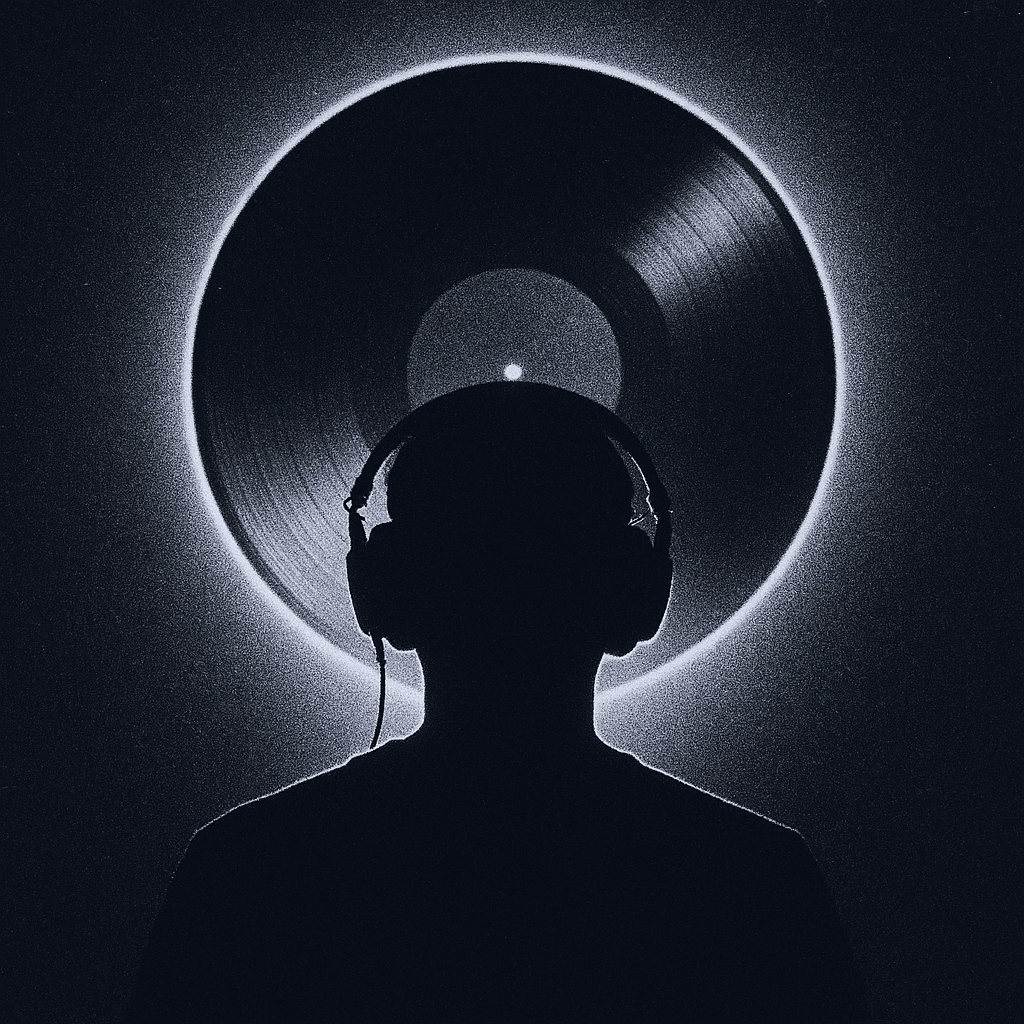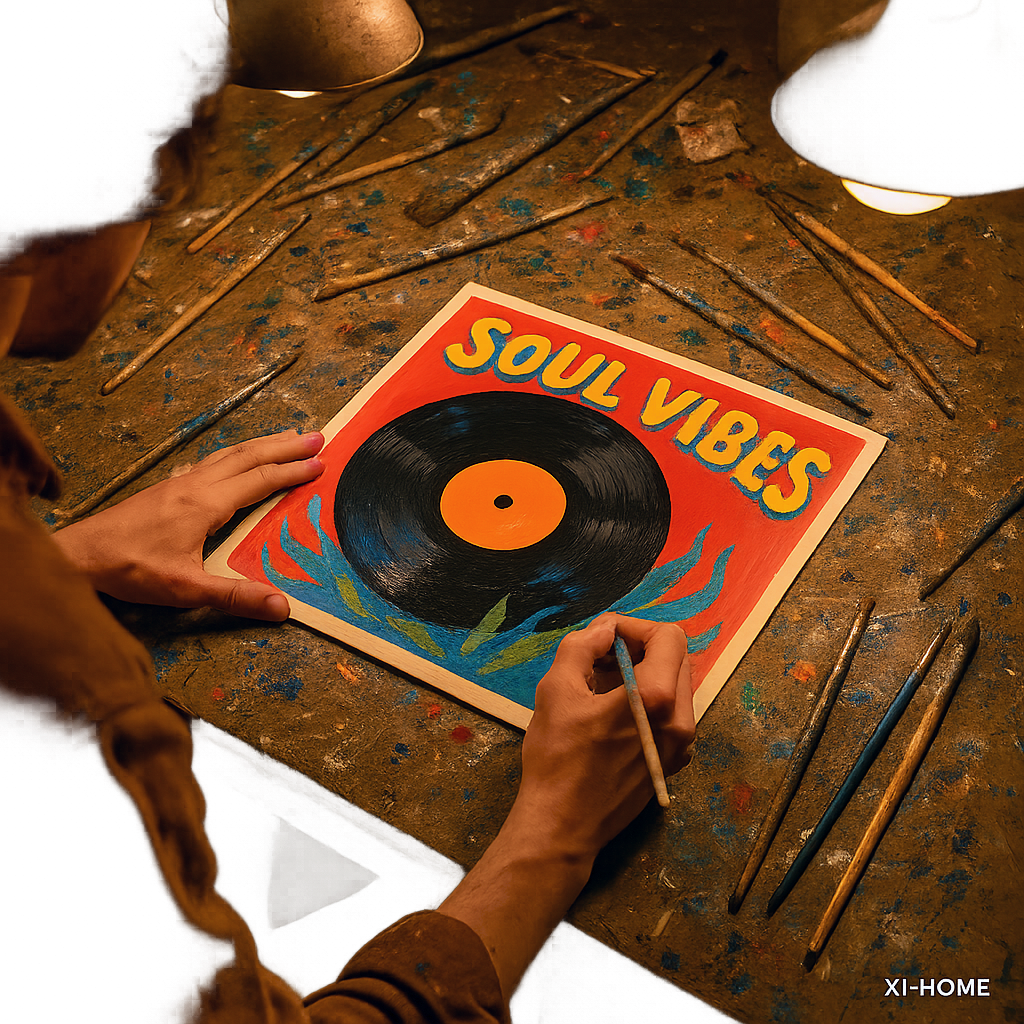The allure of vinyl is timeless, but our listening habits are increasingly shaped by the convenience of wireless, multi-room audio. Enter the Wi-Fi enabled record player: a modern marvel that promises to bridge the gap, allowing you to stream the warm sound of your LPs to wireless speakers and systems throughout your home. This isn't just about replacing a few cables; it's about integrating the deliberate act of playing a record into the fluid, interconnected world of contemporary audio.
But as with any technology that blends analog purity with digital processing, the discerning audiophile is right to ask: what are the trade-offs? Can the soul of vinyl survive the journey through your home network? At XJ-HOME, we believe in exploring every avenue that enhances the musical experience, and that includes a critical look at how these innovative turntables stack up.
Part 1: What Exactly is a Wi-Fi Enabled Record Player?
Unlike Bluetooth turntables, which offer a direct, point-to-point wireless connection typically to a single speaker or headphones over a shorter range, Wi-Fi enabled record players leverage your home's wireless network.
-
The Core Functionality: These turntables have built-in circuitry that converts the analog audio signal from the record into a digital stream. This digital stream is then transmitted over your Wi-Fi network to compatible receivers.
-
Key Advantages:
-
Multi-Room Audio: The biggest draw. Stream vinyl to multiple Wi-Fi connected speakers or audio systems in different rooms simultaneously (e.g., Sonos, Yamaha MusicCast, DTS Play-Fi ecosystems).
-
Longer Range & Stability (Potentially): Wi-Fi generally offers greater range and potentially more stable connections than Bluetooth, especially in larger homes, though this is dependent on the quality of your network.
-
Higher Fidelity Streaming (Potentially): Some Wi-Fi streaming protocols can support lossless or higher-bitrate audio compared to standard Bluetooth codecs (though aptX HD Bluetooth is very good).
-
How it Works (Simplified):
-
The stylus reads the record groove (analog signal).
-
This signal goes to an internal phono preamplifier.
-
An Analog-to-Digital Converter (ADC) converts the analog signal to digital.
-
A Wi-Fi module, often with a dedicated streaming platform/protocol, transmits this digital audio over your network.
-
Compatible Wi-Fi speakers or network receivers pick up the stream and convert it back to analog for playback.
Part 2: The Audiophile's Dilemma - Pros and Cons
The convenience is undeniable, but what about the sonic impact and other considerations?
Pros of Wi-Fi Enabled Record Players:
-
Unmatched Convenience for Multi-Room Vinyl: This is the killer app. Enjoy your record collection in the kitchen, the bedroom, or the patio without running wires everywhere.
-
Integration with Modern Audio Ecosystems: Seamlessly fits into established wireless systems like Sonos, Yamaha MusicCast, or those supporting DTS Play-Fi or AirPlay (depending on the turntable).
-
Potentially Cleaner Setup: Can reduce the cable clutter associated with traditional hi-fi systems, especially if you're primarily using wireless speakers.
-
Access to Vinyl for Non-Traditional Setups: Great for those who have invested heavily in a wireless audio ecosystem but still want to enjoy records.
Cons of Wi-Fi Enabled Record Players:
-
Signal Path Complexity & Potential Sonic Compromise: The analog signal undergoes multiple conversions (analog to digital, then back to analog at the speaker). Each conversion step, and the quality of the components involved (ADC, DAC, streaming module), can potentially degrade the purity of the original analog signal. Audiophiles often strive to keep the analog signal path as pure and direct as possible.
-
Reliance on Network Quality: Performance is heavily dependent on the stability and bandwidth of your home Wi-Fi network. Dropouts, lag, or interference can disrupt the listening experience.
-
Proprietary Ecosystems & Interoperability: Some Wi-Fi turntables are designed primarily for a specific ecosystem (e.g., "Works with Sonos"). While this ensures smooth operation within that system, it might limit flexibility with other brands or future technologies.
-
The "Analog Heart" Question: How good is the core turntable itself? Manufacturers might focus on the wireless tech, potentially at the expense of the fundamental analog components (tonearm, cartridge, plinth, motor) compared to a similarly priced traditional turntable.
-
Cost: You're paying for the added Wi-Fi technology and licensing (e.g., for Sonos compatibility), which can inflate the price relative to a purely analog turntable of comparable build quality.
Part 3: Leading the Wireless Charge - Brands and Models to Watch
The market for true Wi-Fi enabled turntables (as distinct from Bluetooth-only models) is still relatively niche but growing. Here are some key players:
-
Victrola (Stream Series - e.g., Stream Carbon, Stream Onyx):
-
Focus: Primarily designed for seamless integration with Sonos wireless audio systems. They are "Works with Sonos" certified.
-
Why Watch: Victrola has made a significant push into this space, offering a relatively easy way for Sonos users to add vinyl to their setups. The Stream Carbon is their more premium offering with an Ortofon 2M Red cartridge and a carbon fiber tonearm, aiming for better analog performance.
-
Considerations: Heavily tied to the Sonos ecosystem. The core turntable quality needs to be assessed against traditional turntables at similar price points.
-
-
Yamaha (MusicCast VINYL 500 - TT-N503):
-
Focus: Integrates into Yamaha's own MusicCast multi-room audio ecosystem. Also supports AirPlay and other network streaming services.
-
Why Watch: Yamaha has a long audio heritage. The VINYL 500 is a versatile machine, offering not just Wi-Fi vinyl streaming but also access to music streaming services if you don't want to spin a record. It aims to be a multi-faceted audio hub.
-
Considerations: Best utilized within the MusicCast ecosystem for its full multi-room potential. The built-in phono stage and ADC quality are critical.
-
-
Andover Audio (SpinSystem / Songbird Integration):
-
Focus: While Andover's SpinDeck and SpinBase are excellent traditional components, their Songbird network streamer can be integrated to provide Wi-Fi streaming capabilities to any turntable with an analog output. This isn't a turntable with built-in Wi-Fi, but rather a high-quality solution for adding Wi-Fi streaming to an existing or new analog setup.
-
Why Watch: This modular approach allows you to choose your preferred turntable based on its analog merits and then add high-quality Wi-Fi streaming via a dedicated device. The Songbird supports DTS Play-Fi for broad compatibility.
-
Considerations: Requires an extra box (the streamer), but offers flexibility and potentially higher fidelity by separating the analog and digital streaming components.
-
Important Note: Always verify the type of wireless connectivity. Many turntables are marketed as "wireless" but only offer Bluetooth. If true multi-room Wi-Fi streaming is your goal, ensure the product explicitly supports it and is compatible with your existing wireless audio system. For insights into the differences and capabilities of various wireless audio protocols, resources like CNET's guides on multi-room audio can be very helpful.
Part 4: The XJ-HOME Perspective - Convenience Meets Consideration
At xenonjade.com, we champion the unadulterated beauty of the analog signal. From that perspective, adding digital conversions and network transmissions inherently introduces potential points of compromise. However, we also recognize that music is meant to be enjoyed, and if Wi-Fi integration allows you to listen to your records more often, in more places, that's a significant win.
The key is to approach Wi-Fi enabled turntables with realistic expectations:
-
They are about convenience first: If your primary goal is the absolute pinnacle of analog sound quality for critical listening in a dedicated room, a traditional, purely analog setup is likely still the purist's choice.
-
The quality of the core turntable still matters immensely: A mediocre turntable with Wi-Fi will still sound like a mediocre turntable, just in more rooms. Look for models that don't skimp on the tonearm, cartridge, and build quality.
-
Consider the entire ecosystem: How well does it integrate with your existing speakers and systems? Is the app intuitive?
The ideal scenario might involve a high-quality traditional turntable for dedicated listening, with a Wi-Fi enabled option (or a traditional table paired with a quality network streamer like the Andover Songbird) for more casual, multi-room enjoyment. For those seeking an all-in-one solution, the current Wi-Fi models offer an exciting glimpse into a more connected vinyl future.
Conclusion: A Modern Spin on a Classic Format
Wi-Fi enabled record players represent a bold step in making vinyl more accessible and integrated into our digitally-driven lives. While they may not satisfy the most ardent analog purists seeking the shortest possible signal path, they offer a compelling solution for those who want to enjoy their record collection throughout their home with modern wireless convenience.
As this technology matures, we can expect to see further improvements in both the quality of the streaming components and the underlying turntable mechanics. For now, the "best" Wi-Fi enabled record player is the one that best fits your existing ecosystem, your listening habits, and your tolerance for potential sonic trade-offs in the name of convenience.
Happy (wireless) spinning!





Leave a comment
All comments are moderated before being published.
This site is protected by hCaptcha and the hCaptcha Privacy Policy and Terms of Service apply.